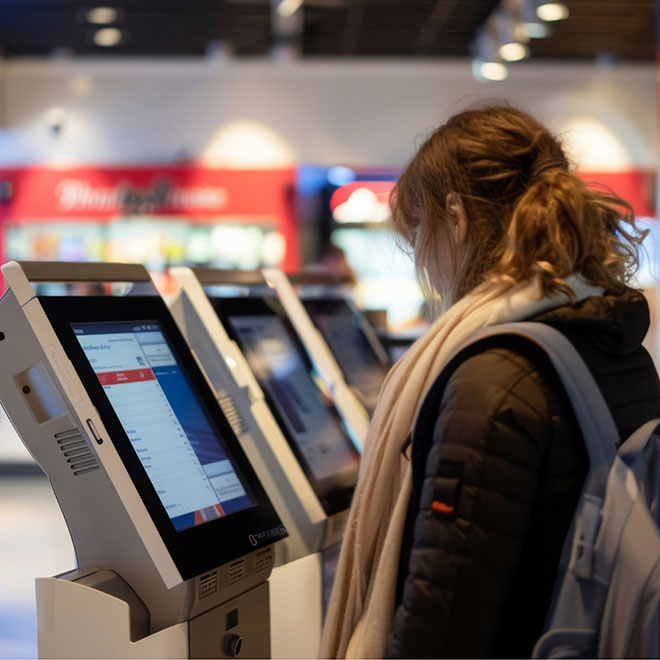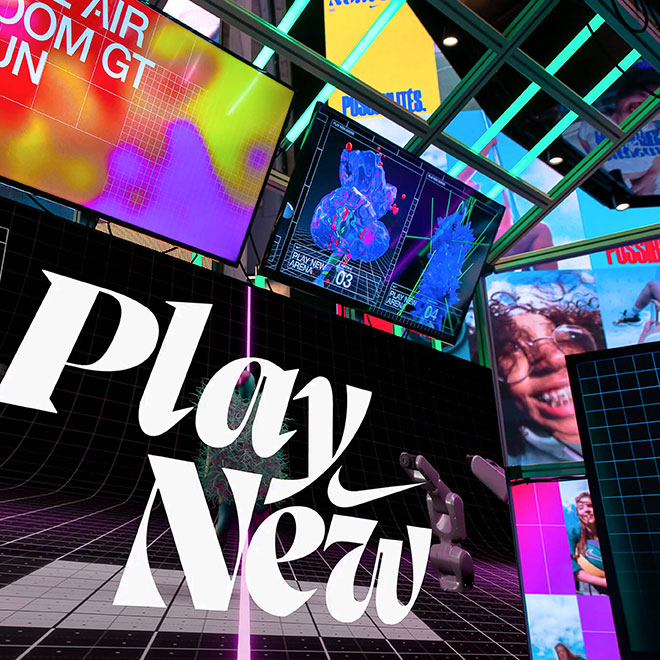
4 Steps for Rethinking Experiential Retail
The importance of in-store experiences is obvious, but how is it actually done?
Estimated Read Time: 5 Minutes
The most common complaint we hear from clients, prospects, retailers of all stripes, competitors, and even associates is, "We're tired of hearing, 'you have to provide the customer with a great in-store experience.' Well, duh!" We agree. Our reaction has always been, "When has that NOT been a must-have in the retail industry?" The tools are different now (kind of), but the idea is as old as retail itself. However, since many retail outlets look like the photo below, we do think that it’s time to re-visit that phrase, make it clearer, and then think about it in a different way.
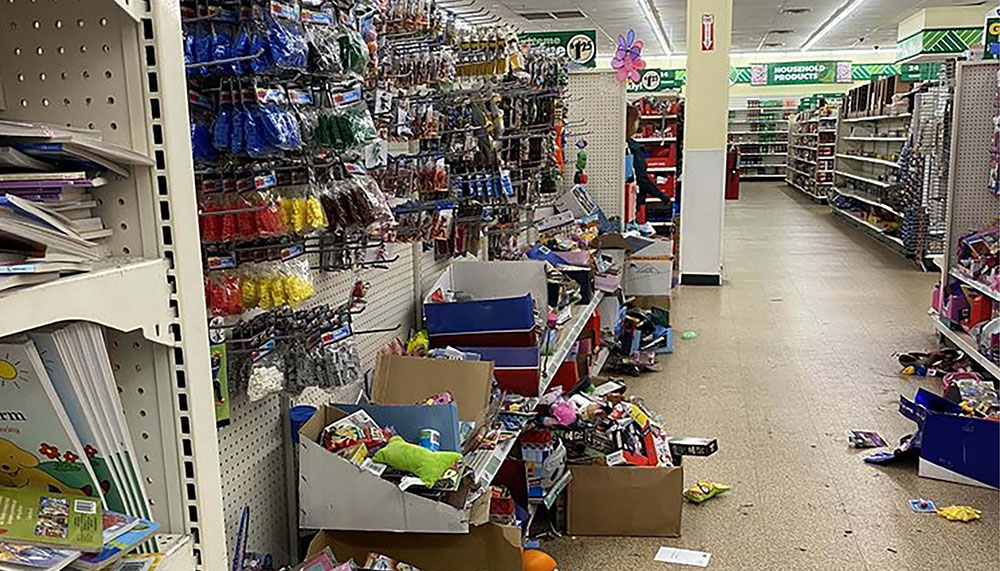
Regarding “a great customer experience,” what are we really talking about? And why the flurry of activity around a topic (good and bad) that we thought we were already well aware of? Let’s dive into it with these 4 clear steps.
- Think beyond traditional retail
- Ensure frictionless convenience
- Focus on emotion and feeling
- Invest in your staff

Step 1: Think Beyond Traditional Retail
As a major proponent of the ‘duh’ response, that little Wiki helps a lot: experiences beyond the traditional ones. Not just a “stack it high and let it fly” scenario, or simple shelving and racks, but way above and beyond that. We hope that attitude applies to store associates as well – really good people on the sales floor, not just the traditional, “may I help you” folks of the last 40 years.
And then of course there’s store design including lighting, materials, layout and merchandising. As a retail leader once pointed out to us, “bigger is not better, better is better.” Right on. Today, to provide the proverbial ‘experiential’ retail, all the once basic components of a space cannot be what we’re used to. Everything must be rethought to create that ‘great experience’.
A good start. STEP 1: think beyond the traditional about everything, from merchandising and store design to lighting, materials, layout, and perhaps first and foremost, associates.
Step 2: Ensure Frictionless Convenience
Here’s another take on ‘experiential retail’ that we think is important because, well, everyone keeps saying it. This from the mighty Ernst & Young, but if you’ve heard it once…

Frictionless and convenient. What does that even mean? From a physical store pov, we understand that as easily finding what you’re looking for, whether that be made possible by an associate, a well-done app, or by seeing what you want (showroom store?) for yourself. And then the motherlode of all physical retail dilemmas: being able to check out and be on your way without any hassle or long wait. You know, like every store’s real competitor: online checkout.
To us, frictionless and convenient is a responsibility that falls not only on the obvious technologies involved, like ‘walk out’ check out and app operations, but again, on employees. The airlines, with the introduction of their kiosks 20 years ago did it right and still do. A person is staged amongst the machines to help anyone, anytime. And it really worked. Gee, it seems like a larger message is forming here.
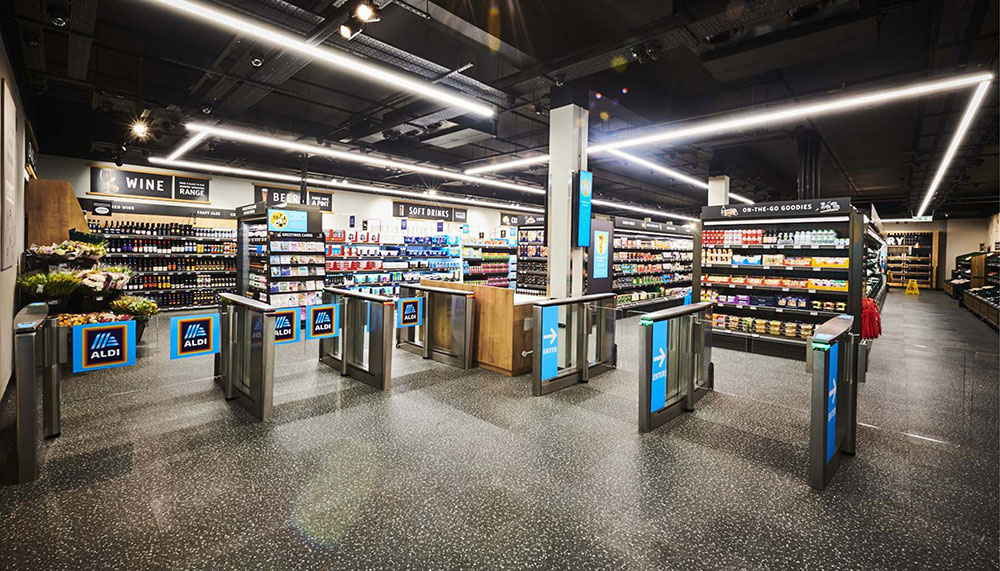
So, STEP 2: make sure your machines (check out and apps specifically) work well, but more importantly, that there is a human being there to help whenever something goes wrong. Because, as well all know, Murphy’s is the #1 Law of retail.
Step 3: Focus on Emotion and Feeling
From our expertise, there’s a crucial missing element that we have yet to cover. This was best explained by our colleague Jay Highland a couple of months ago in a previous Wayfind post. Here’s Jay:
Jay Highland: “Semantics aside; truly Immersive (experiential) Retail is something to explore and delight in. In other words, an experience that might ignite passion and emotion and pique interest in new ways. For me, I want to focus on the FEELING of a store. The overwhelming moments of awe that shopping in person can still achieve.”
Bingo! According to Jay, how you ‘feel’ in a store is what everyone’s talking about it terms of ‘experience.’ And Jay’s right. In today’s e-com driven, functional retail world, creating a feeling is the true differentiator–the Golden Goose. It’s the most important part of an experience. However, this ‘missing ingredient’ is also what makes “experiential retail” such a tough thing to pin down operationally; it’s emotional.
Unlike Steps 1 & 2, you must dig deep to figure this one out. How does your store feel? In theory, it should be easy to understand –we all know how a space, any space, makes us feel the second we walk into it. It’s the music, the color, the smell, the look, the lure, the way you’re treated, dare we say the vibe, that makes an encounter with a space either meh or exceptional – for you. And you know it right away because you can feel it the minute you walk in.
STEP 3: walk into your store… how does it feel?? Use your senses, not your checklist. Adjust, or not, accordingly (see also; STEP 1).
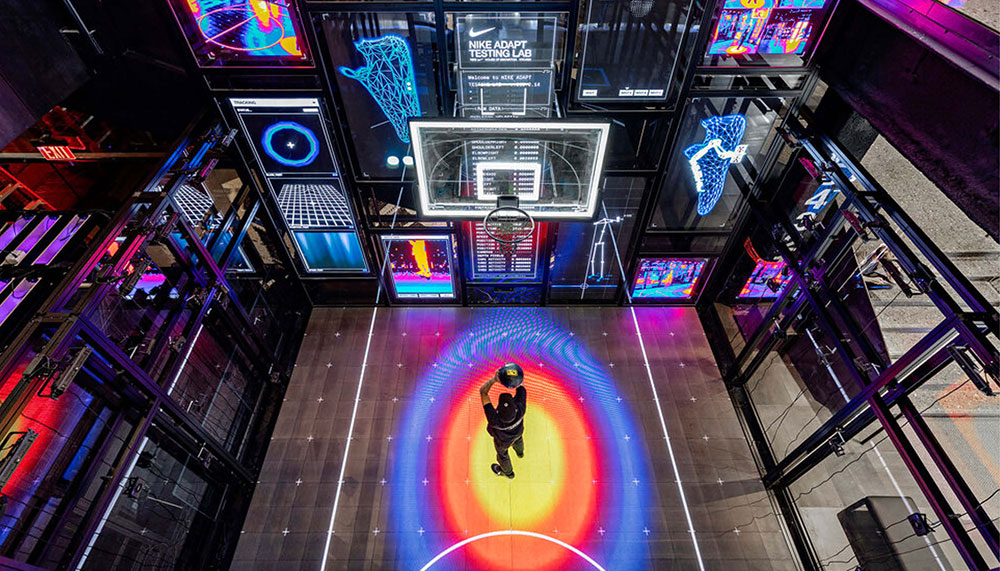
Let’s review. At a base level, a “great customer experience” in a physical store means the following:
STEP 1: You must think beyond the traditional about every aspect of the space. Especially the associates. Are all elements beyond what we’ve come to expect over the years? Beyond what you yourself have expected? Or is any part of your space the same old, same old? If so, think again because every piece of this puzzle matters.
STEP 2: Prioritize well-working machines, especially check out, and ensure that that effort comes off seamlessly. Be certain that people are helping people; remember how the airlines did it, that really worked.
STEP 3: Your stores have to feel great. Experience is not just functionality. Light up every sense of your retail spirit and ask yourself this question: how does this space feel? Do you want to engage and stay for a while, roam around and touch things? Or do you want to leave? Your future depends on that feeling.
Step 4: Invest in Your Associates
If we were to add a fourth step that reveals the common thread between Steps 1-3, here’s what it would be.
STEP 4: The associates. Hire for attitude and train for skill. And find people that know what it takes to create a great experience. People who ‘get it’ are not easy to find, but they’re out there waiting to work for that better experience.
And there you have it, providing a great, modern experience, both physically and emotionally, comes down to some basic elements currently missing in a wide range of retail spaces. That’s partially because the message is change, and big change, for many. It could also be the main reason there’s been such a kickback to the obvious idea of a new and better retail phenomenon. Remember this; it won’t be easy. But no one ever said that retail was going to be a stroll through Bridge Park, did they? So, let’s get going on the ‘duh’ and create that great customer-centric retail experience.

 Lee Peterson
Lee Peterson

